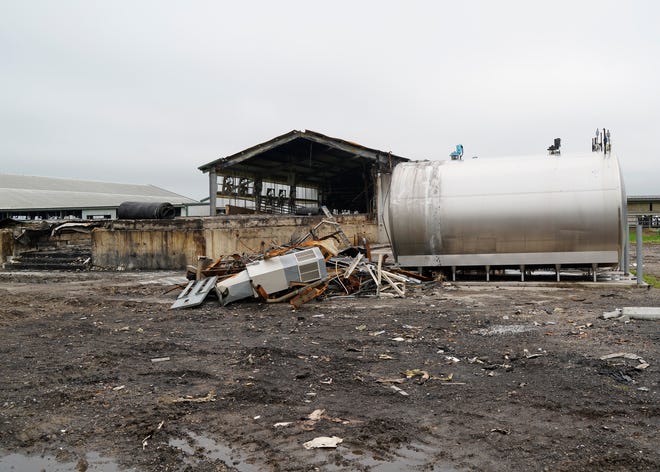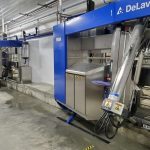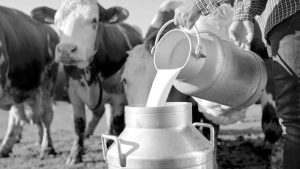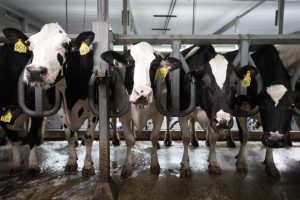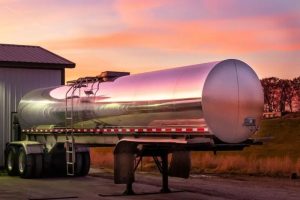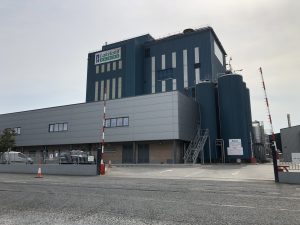
“We’re going to try to piece things back together as quick as we can,” Vanderhoff said. “We want it to be yesterday, but needless to say the lead times on equipment — it’s made-to-order, specialized equipment — so it’s going to be pretty long lead times. So we’re kind of bracing for six to nine months to get rebuilt.”
There were about 1,750 cows on the property July 5 when the double-parlor milking house caught fire including some that were pregnant, but they were all moved to other farms.

“Fortunately, there aren’t too many animals in that parlor; just what’s being milked at that very moment. So all the other barns were far enough away that there weren’t any issues there. So it was just that group that had happened to be being milked at the time,” Vanderhoff said. “We’re spread across 14 dairies right now ranging from Freemont, Indiana, to Mount Pleasant, Michigan, and everywhere in between.”
The milking house holds about 40 cows during the milking process. The fire started at an old connector, Vanderhoff said.
“There was a 480-volt disconnect for an old generator that we no longer have that just by the connections, it just failed, and it melted and blew a hole in the back of the box and shot straight up the wall,” Vanderhoff said. “So we lost 24 (cows) initially and there were a few that we were able to get out, but they were too injured, and they had to be euthanized and that was another four animals.”
As the fire was being put out by the Clayton Fire Department assisted by crews from the Hudson, Morenci and Addison fire departments as well as from Madison, Adrian, Raisin and Cambridge townships, semitrucks and trailers lined up on the road leading to the farm to transfer the animals to safety.
“The day that everything happened we had a ton of help, and if it weren’t for everybody showing up with trailers as they did, it would have been that much worse ordeal … The road was full of people to get loaded and sent in whichever direction they were told,” Vanderhoff said. “Everything was moved out by 3 a.m.”
The initial dispatch was around 1 p.m.
For now, Vanderhoff has his hands full, but he is optimistic about the future.
“We are just obviously dealing with insurance phone calls and visits about how we are going to move forward and whether we’re going to be able to rebuild in the same spot or what the plan is to get our cows home as soon as we can,” Vanderhoff said. “There are three or four main equipment dealerships that deal in dairy equipment, and we’re just kind of contacting all of them to see what kind of lead times they have.”
